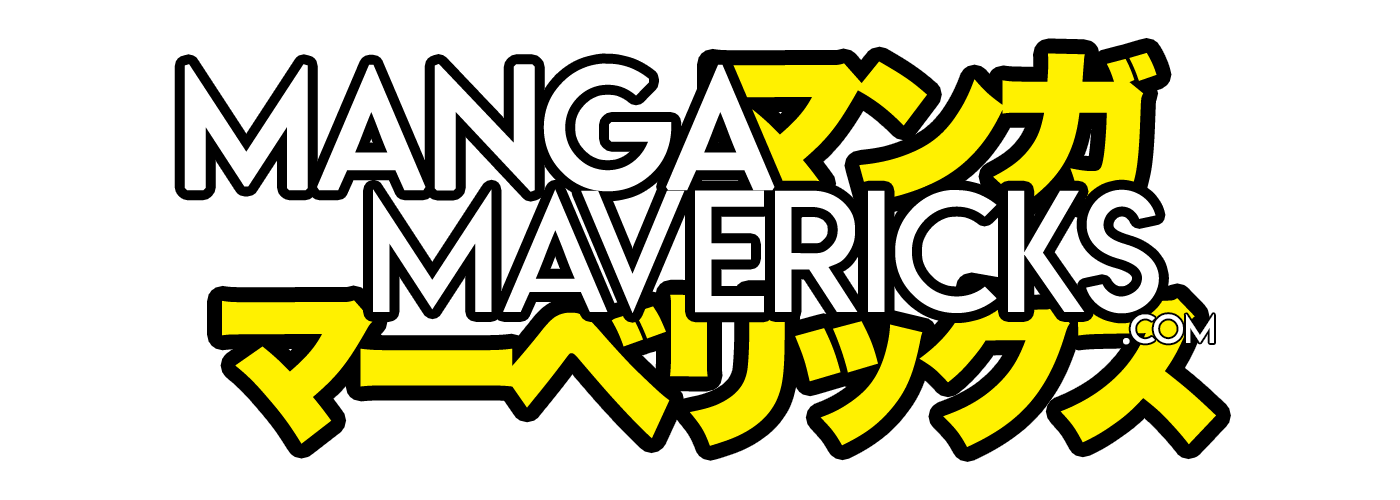
The Fall 2024 anime season slowly coming to a close, and one of the standout series currently airing is Mecha-Ude: Mechanical Arms, the anime original production from TriF Studio. This sci-fi action series begun its life as a 25-minute pilot that was crowdfunded on Kickstarter, which eventually led to a full anime series project in collaboration with Pony Canyon.
We had the great opportunity to ask director Okamoto about their story as a creator and Mecha-Ude’s production process.
Check out the full interview down below:
What inspired you to work in the anime industry?
Okamoto: I originally drew illustrations and manga, and I wanted to pursue a career in that field. During my middle and high school years, I saw Makoto Shinkai and Frogman released their own animations, which made me realize that it’s possible to create animation as an individual. That’s how it all started.
How did you create the original concept for Mecha-Ude, and how has the story changed since your initial conception?
Okamoto: It all started with a desire to draw machinery (mecha). Humans are soft and organic, so I wanted to depict something inorganic as a contrast. This contrast is symbolically portrayed through the bond between humans and mysterious life forms.
What was the decision process behind crowdfunding the original pilot for Mecha-Ude? Do you think there are more opportunities for creators to produce anime via crowdfunding?
Okamoto: We chose to use crowdfunding, which was just beginning to raise awareness at the time, not so much as a means of raising funds, but as a way to make more people aware of this project. In addition to the promotional aspect, we also wanted to gauge everyone’s reactions to the characters and the direction of the work. It was like showing the project proposal to people all over the world.
Most of the supporters of the original crowdfunding campaign were from outside Japan. What are your thoughts on the enthusiasm and support for Mecha-Ude from anime fans overseas, and did you have an international audience in mind when creating the series?
Okamoto: I wasn’t consciously thinking about international viewers; it felt more like a coincidence.
The pilot of Mecha-Ude was almost entirely animated in TVPaint with some post-production done with Krita. Did the production process and software used for the TV anime differ from the pilot?
Okamoto: For the production of this anime series, many staff members used TV Paint, and in addition, CLIP STUDIO PAINT.
What do you think is TriF Studio’s biggest strength as an anime studio, and how do you think that is being leveraged within Mecha-Ude?
Okamoto: The biggest strength is the ability to work flexibly back and forth between different production sections as needed. Additionally, it is the ability to conduct trial and error, continuously accumulating quality.
What was the thought behind starting the serialization of the Mecha-Ude manga over a year before the anime’s debut?
Okamoto: I wanted to provide fans who were excited about the anime with the option of reading a manga.
What are some of the challenges of collaborating with other studios in making a mainstream TV anime as opposed to working on a short work on your own?
Okamoto: We produced the pilot with a small team, but when it comes to making an anime series, it doesn’t work with a small team. So, we started by gathering staff for the production. It took quite a bit of time to hire inexperienced staff and train them to be able to create anime.
Since last year’s Anime Expo, the first two episodes of Mecha-Ude have been screened at various conventions. What has been your favorite part of sharing Mecha-Ude with audiences in-person, and what parts of the series have you noticed audiences responding to most?
Okamoto: It was great to see the audience genuinely laughing at the gag scenes. It reassured me that the humor was coming across effectively.
Alongside the TV anime, you’ve also mentioned wanting to do a movie version of Mecha-Ude. Are you still considering making a Mecha-Ude movie?
Okamoto: In the end credits, we have included concept art that hints at future story developments. I hope that one day we can make a sequel based on the final episode’s art.
What do you hope to convey to viewers through Mecha-Ude?
Okamoto: First and foremost, I want viewers to enjoy it casually without thinking too much. So, the main message of this work might be ‘Don’t overthink things’.
Thank you to Okamoto and Pony Canyon for making this interview possible!
Mecha-Ude: Mechanical Arms is now streaming on Crunchyroll



